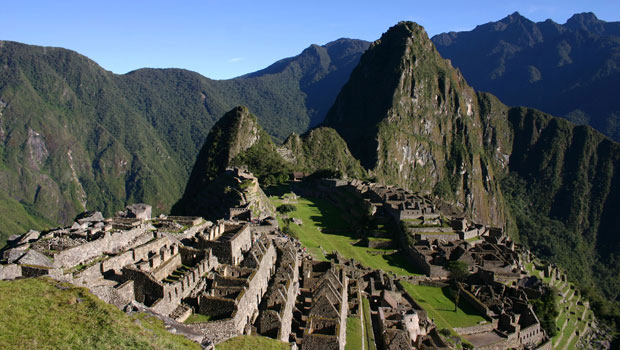
Promotional rate for afternoon entry into Machu Picchu
Earlier this year, there was an announcement about Machu Picchu, and it was imminent: An afternoon entry shift was being created for visitors to the Inca citadel, with a deeply discounted rate for Peruvians.
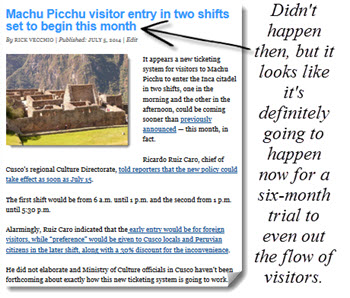
But it appears the measure will be implemented for a six-month trial, starting some time in mid-December.
The Ministerial Resolution № 434-2014-MC was published today in Peru’s official gazette El Peruano.
With that resolution, the Ministry of Culture established a “promotional rate for afternoon access” into the ruins for Peruvian citizens and foreign legal residents. Adults entering Machu Picchu between 1 to 5:30 p.m. would pay S/.45 (or about $15) and children would pay S/.22 (or about $7.50).
The resolution states that the implementation will take place in 15 calendar days in order to give the Ministry of Tourism time to disseminate the new fee structure, and establish the terms and conditions. That two-week period will also give travel companies time to adapt their services to the new visitor schedule.
The reduced rates are reportedly designed to get more tourists into the site after the morning rush, when 80% of daily visits currently occur.
So, why is this happening?
The Historic Sanctuary of Machu Picchu was inscribed as a UNESCO World Heritage cultural and natural site in 1983. The terms of its preservation is mandated under the U.N. convention, as well as Peruvian law.
Peru is under intense pressure to get its Machu Picchu house in order this year to avoid the iconic ancient citadel being added to UNESCO’s list of endangered sites.
Two years ago, UNESCO warned Peru’s Ministry of Culture that it had better clear up five major areas of concern by 2014:
- Uncontrolled growth of Aguas Calientes, the crowded and chaotic tourist boom town in the valley below the ruins
- Increasing and poorly managed solid waste
- The impact of disputed road access to Machu Picchu from Santa María and Santa Teresa, located northwest of the sanctuary
- Lack of a risk plan to deal with emergencies
- And, the daily visitor totals, which Peru agreed in 2008 to cap at 2,500 — a figure it started to blow past in 2011 like a sports car doing 100 mph in a 65 mph zone.
Peru’s permanent representative to UNESCO, Ambassador Manuel Rodríguez Cuadros, announced in May in no uncertain terms, if Peru does not take drastic action to address UNESCO’s concerns this year, Machu Picchu will be added to the endangered sites list.
So, that’s what the Ministry of Culture is doing.
Among the mandatory changes it plans to enact include:
- For all foreign visitors to Machu Picchu to hire an official guide to enter the Inca Citadel
- For visitors to follow one of three predetermined routes through the complex and face time limits at specific points to keep the traffic flowing
- Limit tour group sizes to 20
- Prohibit tourists from veering away from their guide or leaving one group to join another during their time at the site
By limiting and directing the access of tourists, and more evenly distributing the number of boots on the ground, Peru hopes to justify to UNESCO the overall increase in visitors in a new Master Plan,which has also had a delayed rollout.
See our Pinterest page for more …
If you like this post, please remember to share on Facebook, Twitter or Google+
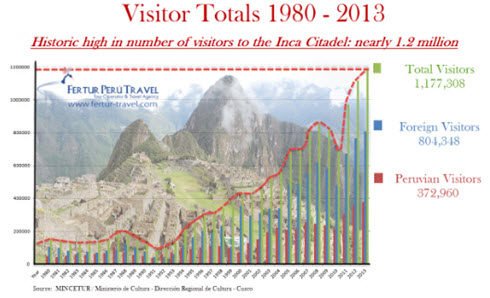
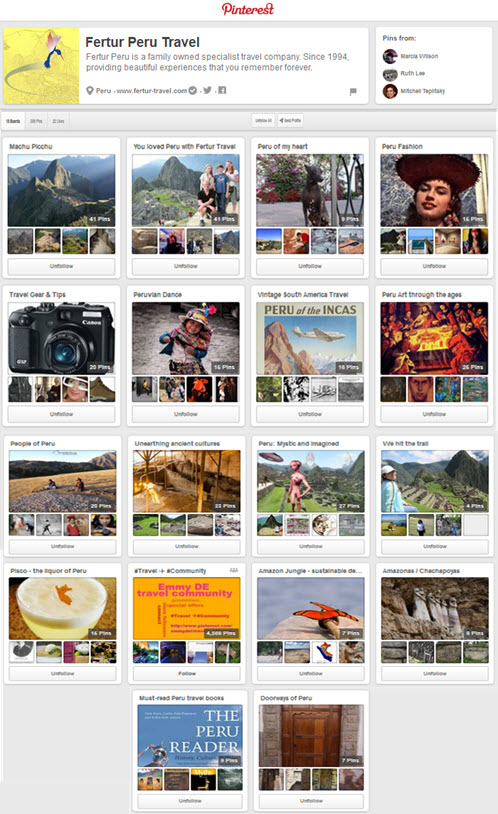
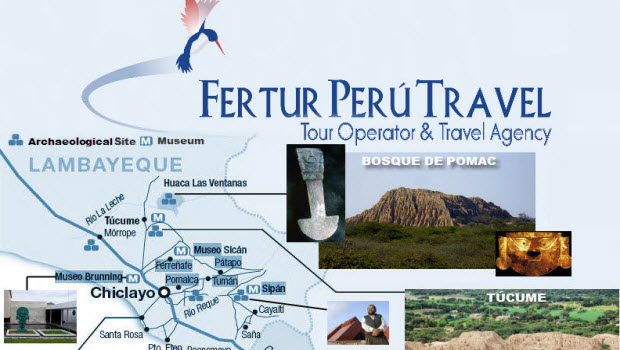 Peru’s plan to invest upwards of $417 million to build the Moche Trail
Peru’s plan to invest upwards of $417 million to build the Moche Trail 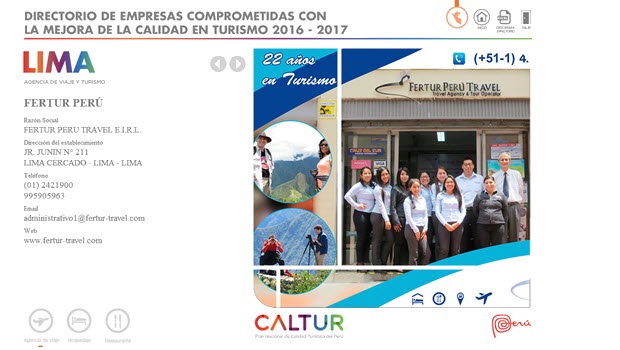 Fertur Peru Travel Again Earns CALTUR Seal of Tourism Quality
Fertur Peru Travel Again Earns CALTUR Seal of Tourism Quality 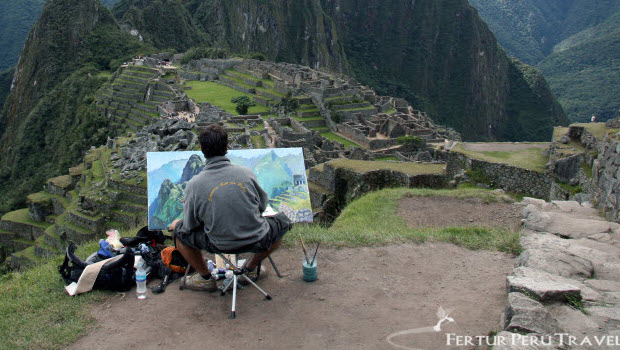 Visitor restrictions to Machu Picchu temporarily lifted
Visitor restrictions to Machu Picchu temporarily lifted 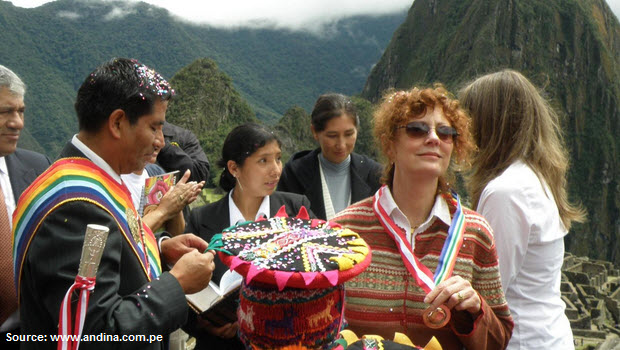 Where else besides Machu Picchu should Peru enlist the help of stars like Susan Sarandon?
Where else besides Machu Picchu should Peru enlist the help of stars like Susan Sarandon? 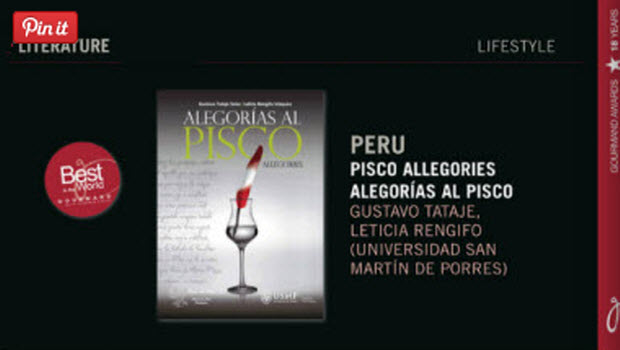 ‘Pisco Allegories’ winner at International Gourmand Cookbook Awards in Paris
‘Pisco Allegories’ winner at International Gourmand Cookbook Awards in Paris 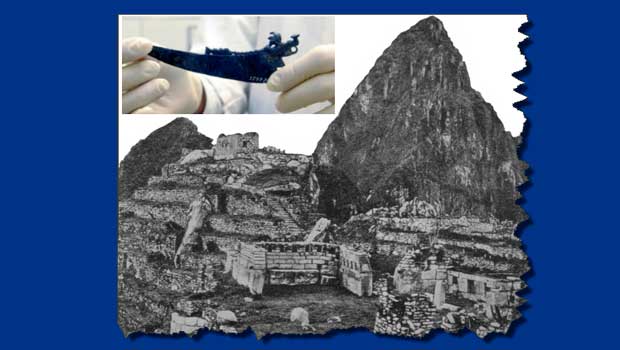 Yale and Cusco university sign deal for return of Machu Picchu artifacts
Yale and Cusco university sign deal for return of Machu Picchu artifacts